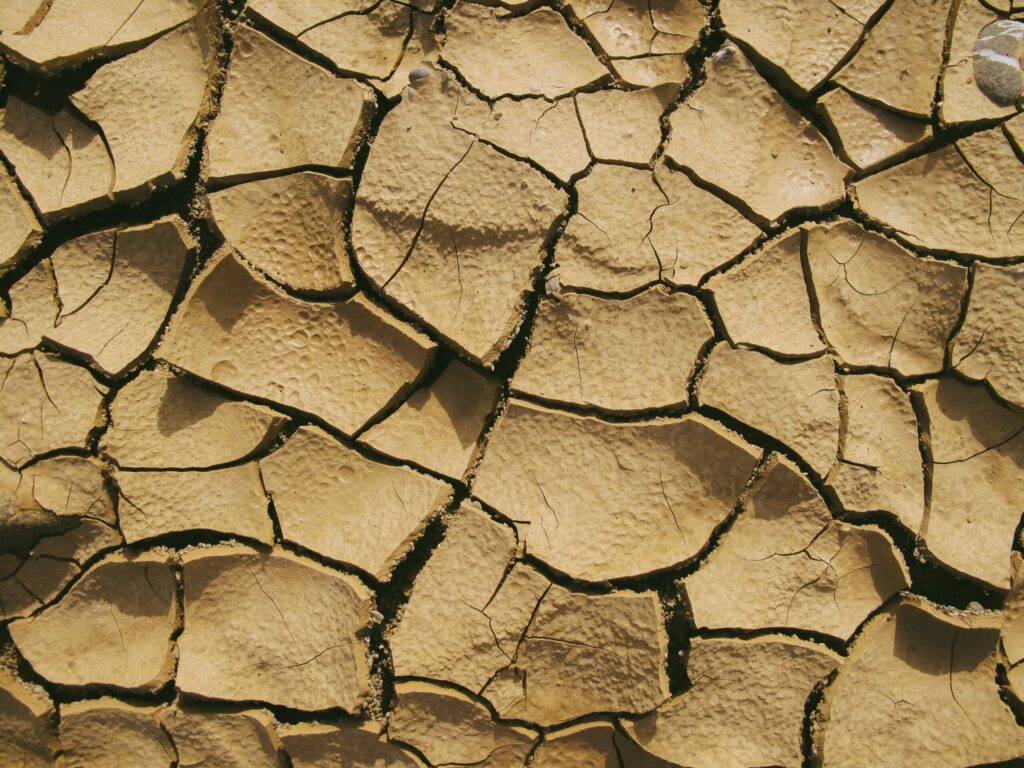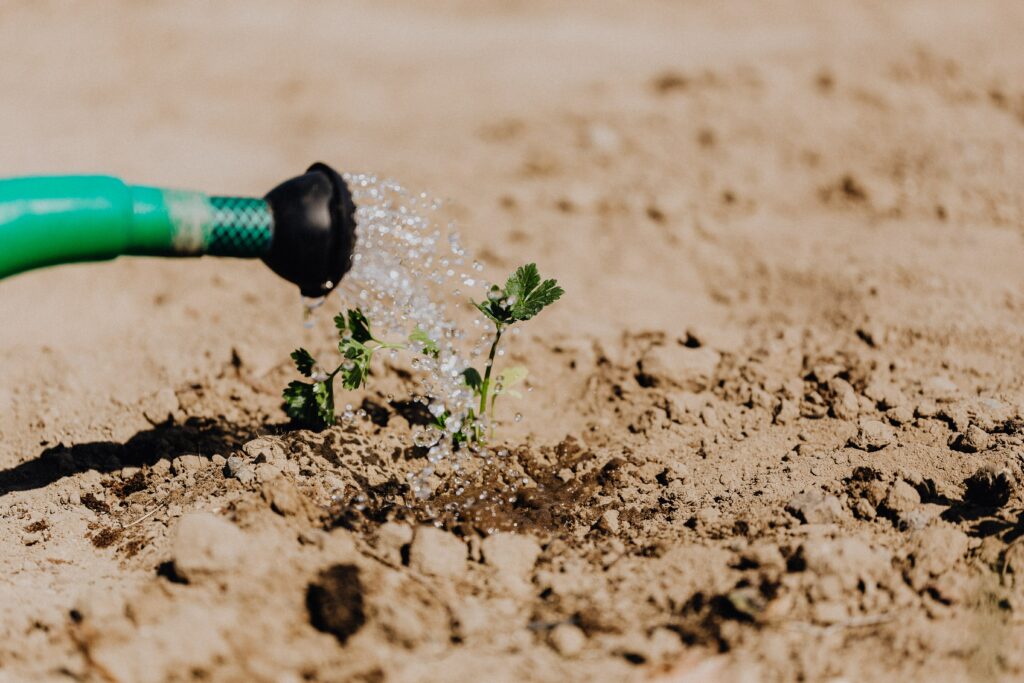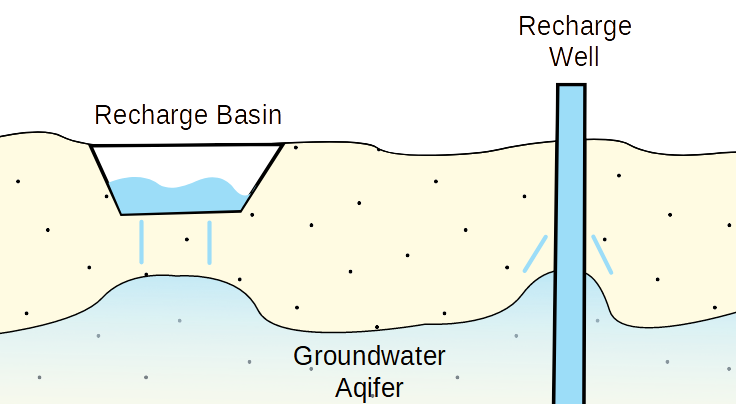Preface: Climate change adaptation is only effecive when also commiting to climate change mitigation
Definitions: aquifer = groundwater body
Droughts and Climate Change
Droughts are among the most devastating consequences of climate change, affecting millions of people around the world. Droughts occur when there is unusually low rainfall or water scarcity over an extended period of time, resulting in water shortages and crop failures. As the planet’s temperature rises, the frequency and severity of droughts is expected to increase, exacerbating the water crisis that already exists in many parts of the world.


Droughts can be classified into different severities, building upon each other:
- Meterological drought: Precipitation deficits over a longer timespan
- Agricultural drought: Soil moisture deficits which over longer periods cause wilting and crop loss
- Hydrological drought: Dry rivers and declining groundwater tables
What can we do about drought?
Lets start with saying that all these drought severities can be conquered with some solutions, some more favorable than others. I would for instance advocate against geoengineering of the weather just to get over a meterological drought.
Starting with agricultural droughts which are relatively easy to manage if you have water ressources at hand other than rainfall. Using ground- and surface-water for irrigation to get over a dry stretch can save crops and secure food production. However if done unsustainably, this can quickly depleat groundwater reservoirs and empty rivers, leading towards hydrological drought. To counteract falling groundwater tables and to restore aquifers, scientists and engineers came up with this weeks topic:

Artificial Aquifer Recharge
Artificial aquifer recharge (or sometimes called “managed aquifer recharge”) is the concept of taking surface water during water excess times and directing it into the groundwater. Water can either be pumped into the aquifer via injection wells or infiltrated using large basins (see figure below). This techique is currently successfully used in arid regions like Australia or intensively in California, USA. The artificial recharge helps to restore groundwater levels and builds ressilience for dry times.

While having clear benefits by increasing water availability, managed recharge also comes with some downsides. Pumping the water directly into the aquifer bypasses the natural filtration by soil and geology. Depending on the origin of injected water, this has the potential to pollute valuable watersources with contaminants like nutrients, pharmaceuticals and/or pathogens. Recharge basins mitigate this issue as there, infiltrating water is filtered passing through soil and rock.
Another issue which depends on the policies involved is the privatization of water. For example, in California so called “water banks” exist where farmers can store their excess water during wet season and withdraw it during dry periods. Often somewhat privately owned, these water banks can influence water availability and therefore prices (article recomendation: “Amid Drought, Billionaires Control A Critical California Water Bank” by Forbes).
If keeping these downsides in mind and designing polocies around them, artificial aquifer recharge as a tremendous possibility to conquer droughts all over the world. With the potential to store exess water during wet season and retriveve it during dry seasons, it can be a valuable solution to agricultural and hydrological droughts.
Sources:
AghaKouchak, A. et al. (2021) “Anthropogenic drought: Definition, challenges, and opportunities,” Reviews of Geophysics, 59(2). Available at: https://doi.org/10.1029/2019rg000683.
Artificial groundwater recharge active (no date) Artificial Groundwater Recharge | U.S. Geological Survey. Available at: https://www.usgs.gov/mission-areas/water-resources/science/artificial-groundwater-recharge (Accessed: March 16, 2023).
Using Mar in Australia (2019) Managed aquifer recharge. Available at: https://research.csiro.au/mar/using-managed-aquifer-recharge/ (Accessed: March 16, 2023).


Comments are closed